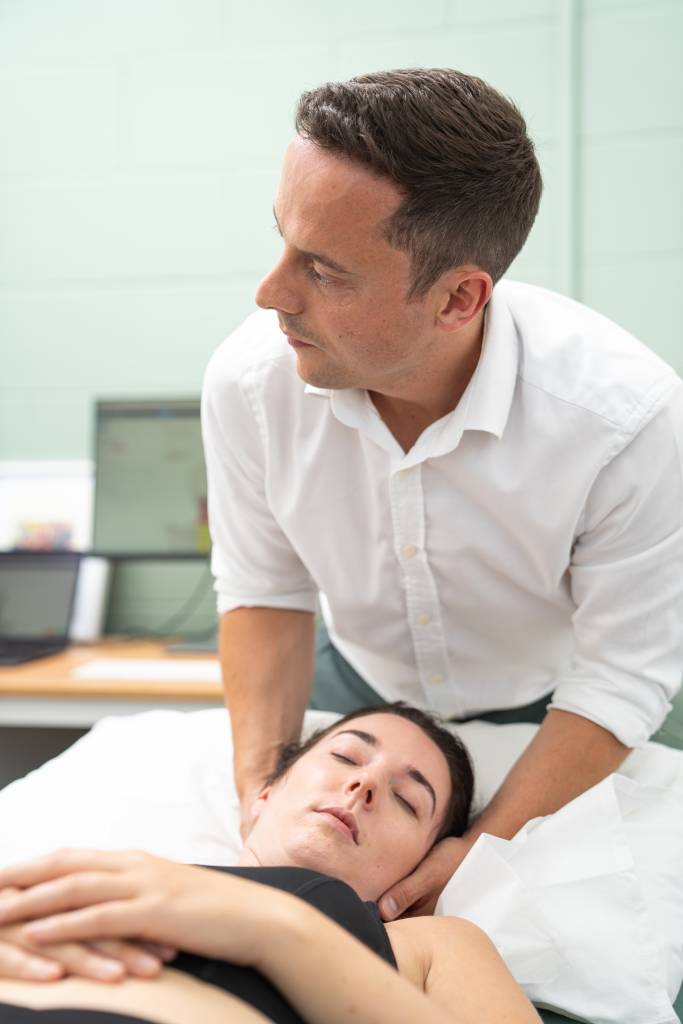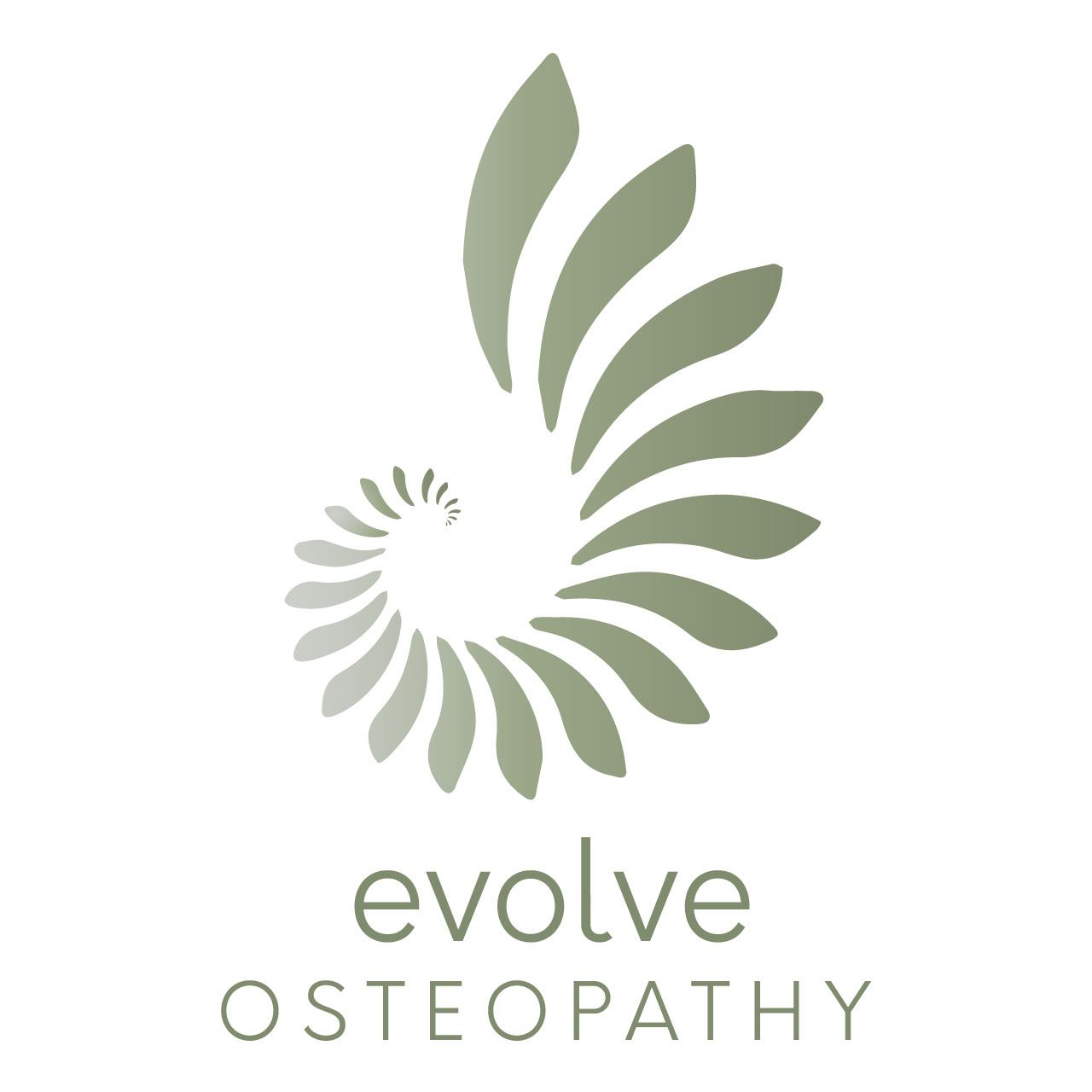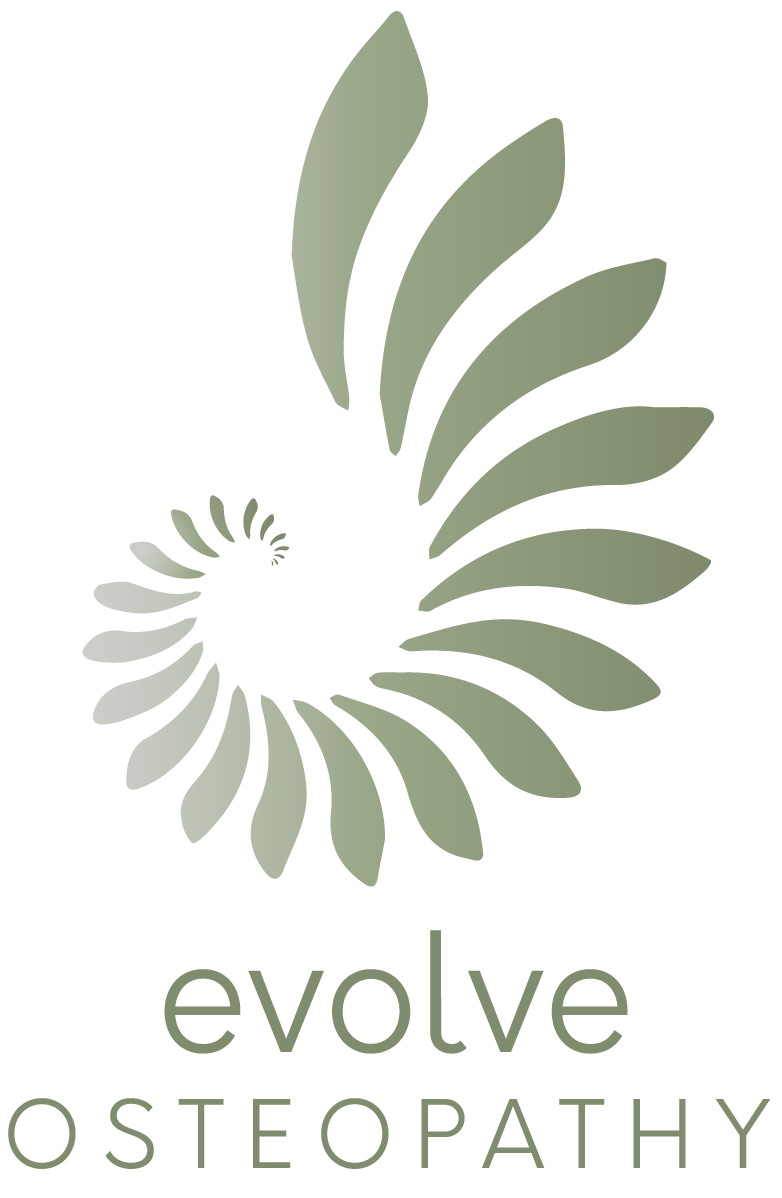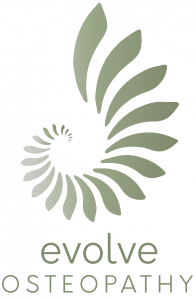Osteopathy is a holistic approach to healthcare that focuses on the musculoskeletal system to promote overall well-being and relieve pain. It is a non-invasive “hands on” manual therapy that involves gentle manipulation of the body to restore balance and improve function. Osteopath’s believe that the body has an innate ability to heal itself, and their role is to facilitate this process by removing any restrictions or imbalances that may be hindering it. With its roots in the late 19th century, osteopathy has evolved over time and is now recognised as an allied health profession and is fully regulated with the General Osteopathic Council.
Osteopathy: The Art of Healing through Gentle Manipulation
Osteopathy is based on the principle that the body functions as a whole unit, with all parts interconnected and interdependent. Osteopaths believe that when the body is in a state of balance, it has the best chance of healing and maintaining good health. This balance can be disrupted by various factors such as trauma, poor posture, stress, or disease, which can lead to pain and dysfunction.
Osteopathic treatment involves a range of techniques, including gentle manipulation, stretching, mobilisation, and massage. Osteopaths use their hands to assess and treat the body, aiming to restore normal function and alleviate pain. They take into account not only the specific area of complaint but also the patient’s overall health and lifestyle. By addressing the underlying cause of the problem rather than just the symptoms, osteopathy aims to not only provide relief but also prevent further recurrence.


Discover the Power of Osteopathy: Restoring Balance and Relieving Pain
Osteopathy can be used to treat a wide range of conditions, including back and neck pain, joint problems, sports injuries, headaches, digestive disorders, and respiratory issues. Osteopaths have a detailed understanding of anatomy, physiology, and biomechanics, allowing them to diagnose and treat various musculoskeletal problems.
During an osteopathic session, the practitioner will carefully assess the patient’s condition, taking into account their medical history and conducting a physical examination. This assessment helps the osteopath to identify any imbalances or restrictions in the body that may be contributing to the symptoms. Treatment is then tailored to the individual, with techniques and approaches chosen to address the specific needs of the patient.
Osteopathy is a respected and regulated profession, with osteopaths requiring extensive training and education to obtain their qualifications. In many countries, osteopaths are recognised healthcare professionals who work in collaboration with other medical practitioners to provide comprehensive care to their patients. By focusing on the body’s natural ability to heal and maintain balance, osteopathy offers a gentle and effective approach to healthcare, promoting overall well-being and relieving pain.
If you are seeking an alternative or complementary therapy to improve your health or address a specific condition, osteopathy may be worth considering. With its gentle manipulation techniques and holistic approach, osteopathy aims to restore balance and alleviate pain, helping you to achieve optimal health and well-being. Consult with a qualified osteopath to discuss your specific needs and explore how osteopathy can support your journey towards a healthier and pain-free life.



